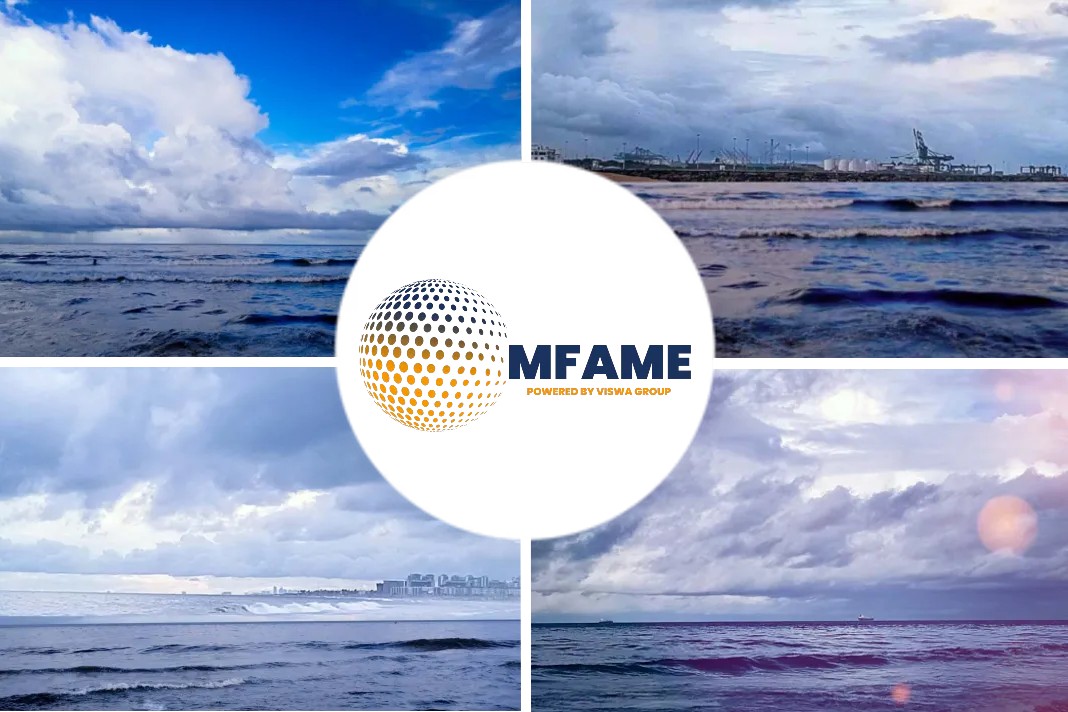Summary:
On the afternoon of 01 October 2016, the passenger vessel Stellar Sea, with 28 people on board, departed Tofino, British Columbia, on a bear-watching excursion. At approximately 1744 Pacific Daylight Time, in Warn Bay, the vessel struck a charted rock and went aground. The passengers and crew abandoned the vessel and were evacuated with the assistance of the passenger vessels Pacific Springs and Rip Tide. Two passengers sustained minor injuries. No pollution was reported.
Damage to the vessel:
The Stellar Sea’s aluminum hull was damaged below the waterline. In addition to numerous scrapes, keel fractures, deformations, and indentations on the hull, there were 2 large puncture holes. One of the punctures extended across the 2 main watertight compartments below the main deck, the engine room, and the middle space. The vessel’s echo sounder transducer, the diesel engines, gearboxes, electrical wiring, and bilge pumps were also damaged due to submersion.
Findings:
- There was insufficient passage planning prior to the occurrence, as it did not include strategies to identify and mitigate the risks posed by potential navigational hazards.
- There was no lookout posted and, because the master was required to perform multiple continuous and sequential tasks, no one saw the rock in time to prevent the vessel from running aground.
- While in shallow waters, the master was looking through the binoculars and closing in on the nearby rock. As the binoculars temporarily removed the master’s peripheral vision, the master did not have effective positional awareness at that time.
- After spotting a bear, the master lowered the binoculars and redirected the vessel toward the bear without first verifying the vessel’s position in relation to the rock.
- The attentional focus required by the master to keep the bear in sight and get closer to it quickly prevented the master from visually reacquiring the vessel’s position in time to navigate around the rock as he had done on previous voyages.
- The master’s mental map of the rock did not include the underwater shape and extent of the rock. Therefore, the master’s practice was to navigate close to the rock because the risk of this navigation practice was not assessed.
- The master did not see that the rock was close on the starboard side in time to take adequate evasive action before the vessel ran aground.
- The ebbing tide caused the vessel to heel progressively to port.
- The master was concerned that the Stellar Sea might capsize or slide off the rock, so he directed the passengers to abandon the vessel onto the rock on the starboard side.
Safety action taken:
In March 2017, Jamie’s Whaling Station Ltd. updated the Stellar Sea’s emergency and operational procedures manual to emphasize the requirement to contact the Canadian Coast Guard in an emergency. The safety drills program was also updated to increase the frequency of drills conducted.
The Stellar Sea’s navigation route
This report concludes the Transportation Safety Board of Canada’s investigation into this occurrence. The Board authorized the release of this report on 06 December 2017. It was officially released on 04 January 2018.
Did you subscribe for our daily newsletter?
It’s Free! Click here to Subscribe!
Source: TSB























